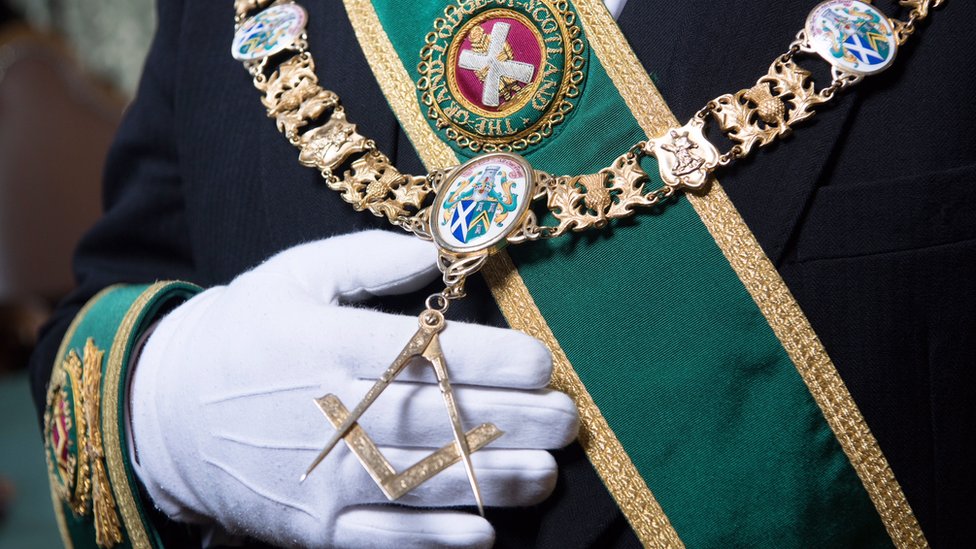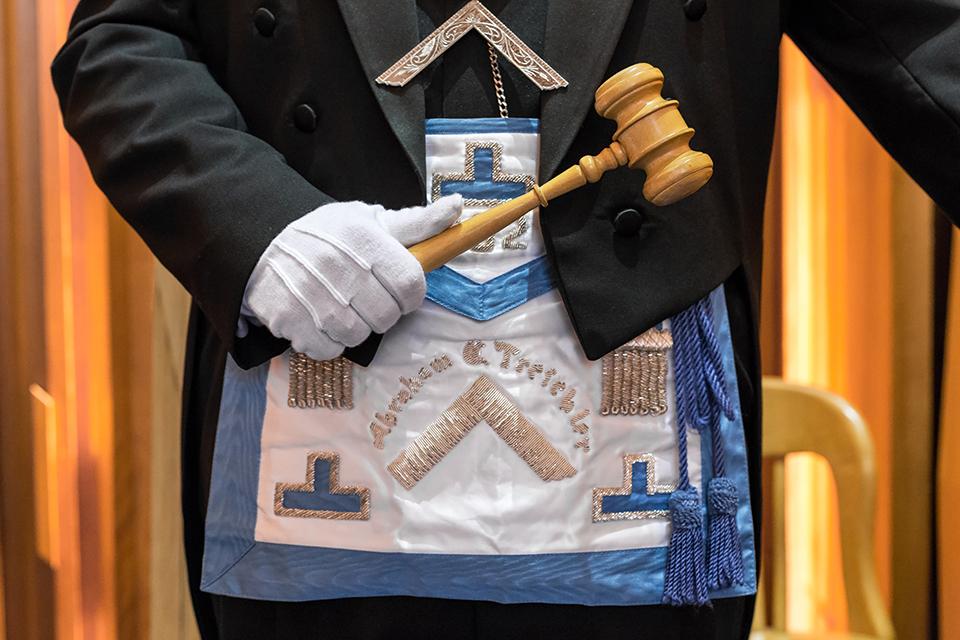The Most Useful Guide to Understanding How to Become a Freemason Step-by-Step
The Most Useful Guide to Understanding How to Become a Freemason Step-by-Step
Blog Article
Exploring the Mysteries of the Freemason: What You Required to Know
The Freemason, a term frequently shrouded in intrigue and dispute, stands for an intricate tapestry of historical reality and modern-day misconception. Developed in the late 18th century, this secret society was initially rooted in the Knowledge's suitables however has actually given that come to be identified with conspiracy theory concepts regarding elite control. As we browse the beginnings, crucial figures, and the plain contrast between misconception and fact, one need to take into consideration just how these stories influence contemporary perceptions of power and secrecy. What could be revealed via a more detailed assessment of these aspects could test long-held presumptions concerning the darkness that remain in our society.
Origins of the Freemason
The beginnings of the Freemason are steeped in a blend of historic intrigue and ideological fervor. Established in 1776 in Ingolstadt, Bavaria, by Adam Weishaupt, the team was at first created as a secret society focused on advertising Knowledge ideals such as factor, secularism, and the separation of church and state. Weishaupt, a teacher of canon law, looked for to test the prevailing authority of the church and state, which he deemed oppressive establishments stifling intellectual and personal liberty.
The Freemason looked for to recruit significant members from numerous social industries, consisting of national politics, academia, and the arts, to foster a network committed to these Enlightenment principles. The society run under a shroud of secrecy, utilizing coded language and rituals to secure its participants from persecution, particularly provided the repressive environment of the moment. The Freemason faced substantial opposition from both governmental authorities and religious establishments, which viewed the team as a threat to their power.
Key Figures and Members
Who were the essential figures that formed the Freemason's very early impact and instructions? The Bavarian Freemason, founded in 1776 by Adam Weishaupt, arised as a response to the oppressive societal structures of the moment. how to become a freemason. Weishaupt, a regulation teacher, pictured the organization as a way to promote Knowledge perfects such as factor, secularism, and equal rights. His preliminary recruitment efforts consisted of significant pundits, such as Baron von Knigge, that played an essential role in increasing the group's membership and organizational framework.
Another significant number was Johann Gottlieb Fichte, a noticeable thinker whose ideas on nationalism and education reverberated with the Freemason's objectives. Although Fichte was not a formal participant, his thoughtful foundations affected the team's belief. In addition, numbers like the author and philosopher Johann Wolfgang von Goethe were related to the more comprehensive intellectual motions of the time, although their straight participation with the Freemason stays disputed.
These essential numbers contributed to the Freemason's very early instructions, pushing the borders of political and social idea, while their collective initiatives aimed to test recognized standards and promote a climate of modern change in Europe.
Misconceptions vs. Reality
Several misconceptions surround the Freemason, commonly mixing truth with fiction in a manner that obscures its real nature. This secret culture, initially founded in 1776 in Bavaria, intended to advertise Enlightenment perfects and combat religious and political injustice. The notion that the Freemason remains to apply considerable impact over world events is a misconception. While the group did exist, it was dissolved in the late 18th century and has not run as a cohesive entity given that then.
One more widespread myth is that the Freemason comprises a network of elite individuals controling worldwide events. In truth, lots of conspiracy theory theories exaggerate the team's relevance, attributing unfounded intentions to societal patterns and occasions. This has actually brought about an oversimplified view of intricate issues.

Modern Interpretations
Contemporary interpretations of the Freemason typically mirror more comprehensive social anxiousness and a fascination check out this site with secrecy and power. This modern lens frequently connects the Freemason with conspiracy theories that recommend a covert elite manages world events, controling governments and economic situations for their very own gain. Such narratives touch right into a deep-seated mistrust of authority, especially in times of dilemma or social upheaval.

Furthermore, some modern interpretations mount the Freemason as an allegory for the intricacies of globalization and the interconnectedness of influential people and companies. This perspective urges a vital assessment of just how power characteristics run in today's world, highlighting the balance between transparency and secrecy in governance and company techniques.
Social Impact and Heritage
Influenced by centuries of intrigue, the social effect and tradition of the Freemason prolong far past its historical origins. This secret culture, developed in the late 18th century, has permeated numerous elements of popular culture, from literary works and movie to music and art. The principle of the Freemason has developed into an home icon of conspiracy theory concepts, commonly representing a viewed hidden power manipulating global events.
In literature, authors like Dan Brown have woven the Freemason into intricate plots, exciting visitors with styles of secrecy and power. Movies such as "National Treasure" and "The Da Vinci Code" better continue the attraction of the society, mixing reality with fiction to produce engaging narratives.
The Freemason's impact likewise expands into songs, with artists referencing the company to evoke motifs of rebellion and social critique. This portrayal has actually added to an attraction with the idea of private groups regulating the levers of power, showing social stress and anxieties concerning authority and openness.
Ultimately, the Freemason's tradition is an intricate tapestry of myth and truth, forming understandings of privacy and control in modern discourse. Its long-lasting visibility in culture highlights mankind's perennial mission for recognizing concealed realities.
Final Thought
The exploration of the Freemason reveals a complicated interaction in between historical truths and modern myth-making. Established in the Enlightenment period, this society aimed to challenge overbearing structures, yet its legacy has been outweighed by conspiracy theory theories that suggest elite manipulation. Comprehending the distinctions between the original suitables and modern analyses is necessary for understanding the sustaining attraction with the Freemason and its significant influence on cultural narratives bordering power and secrecy in society.
Report this page